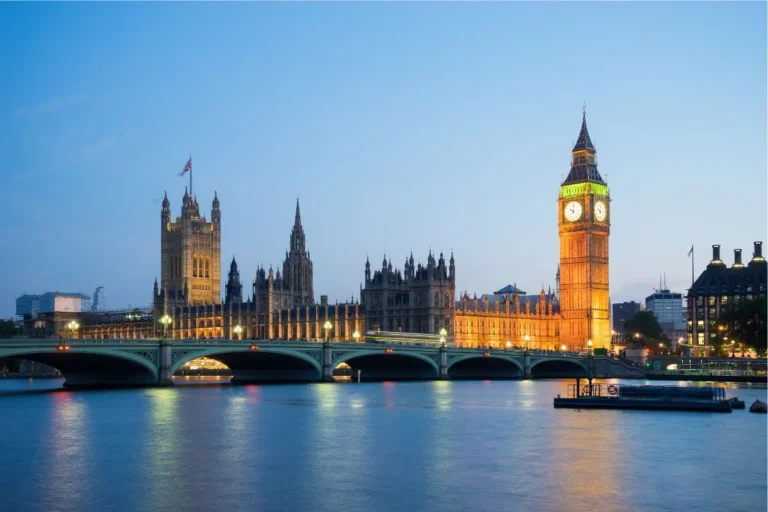In the fast-paced world of technology, change is inevitable. Operating systems that once dominated the landscape eventually give way to newer, more advanced successors. One such iconic operating system that has been a cornerstone of personal computing for years is Windows 10. As we bid farewell to this familiar interface, it’s time to reflect on the journey of Windows 10. Also the factors that led to its demise.
The Rise and Reign of Windows 10
Launched in July 2015, Windows 10 quickly became the go-to operating system for millions of users worldwide. Its sleek design, user-friendly interface, and enhanced performance were a breath of fresh air for those who had endured the quirks of its predecessor, Windows 8. With regular updates and a focus on security. Windows 10 gained a loyal following and established itself as a reliable platform for both work and play.
The Shift to Windows 11
However, the tech landscape is ever-evolving, and Microsoft decided to usher in a new era with the release of Windows 11. Announced in June 2021, Windows 11 promised a more modern, streamlined experience. With a redesigned Start menu, enhanced gaming capabilities, and improved multitasking features. As the successor to Windows 10, Windows 11 aimed to provide a more cohesive and immersive user experience, leaving its predecessor in the shadows.
Technical Limitations
While Windows 10 has been a dependable workhorse for many, it started showing signs of aging when faced with the demands of modern hardware and software. The shift towards more resource-intensive applications, higher screen resolutions, and advanced technologies left Windows 10 struggling to keep up. Users began to experience compatibility issues, performance bottlenecks, and a sense that their beloved operating system was no longer at the cutting edge.
Security Concerns
In the rapidly evolving cybersecurity landscape, staying ahead of potential threats is paramount. Windows 10, although equipped with robust security features, faced challenges in adapting to the ever-growing sophistication of cyber threats. With Windows 11 incorporating enhanced security measures, Microsoft made a strategic decision to encourage users to upgrade, ensuring a more resilient defence against emerging threats.
The End of Support
Perhaps the most significant nail in the coffin for Windows 10 was the announcement of its end of support. Microsoft outlined a phased approach to end support for Windows 10, with security updates and patches gradually winding down. This signalled to users that it was time to embrace the newer, more secure Windows 11 or explore alternative options.
As we look back on the demise of Windows 10, it’s essential to acknowledge the role it played in shaping the digital landscape. Windows 10 was a reliable companion for millions, but as technology advances, so must our operating systems. The shift to Windows 11 represents Microsoft’s commitment to innovation, security, and delivering a modern computing experience. While bidding farewell to Windows 10 may evoke nostalgia, the future promises exciting possibilities in the ever-evolving world of technology.



